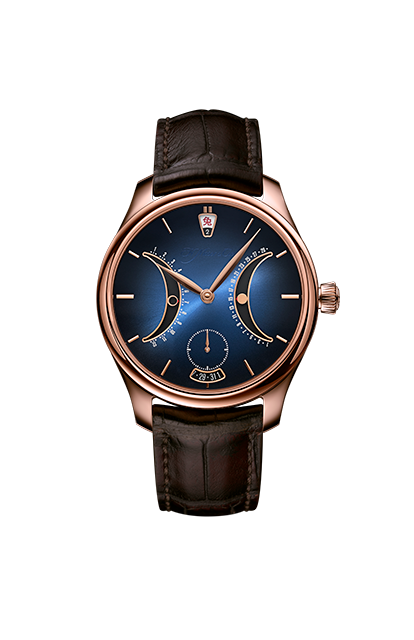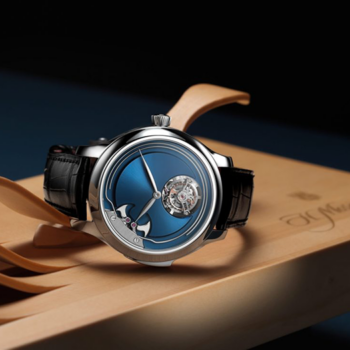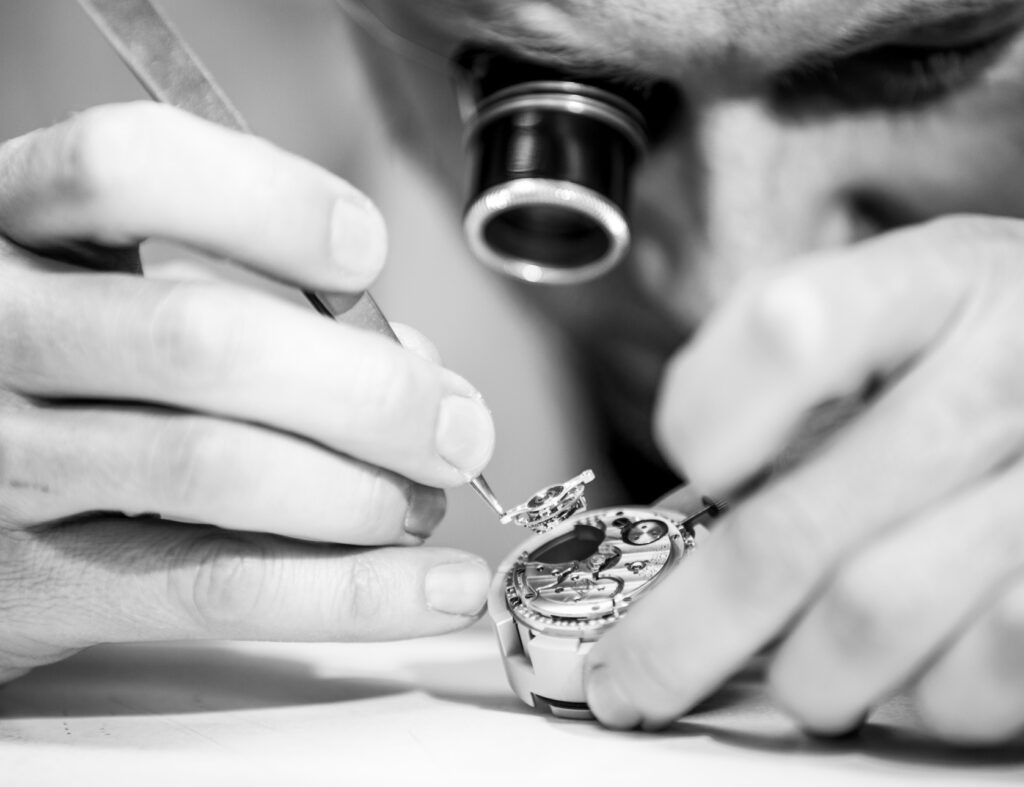OK, now let’s take it a step further. Imagine making this dizzyingly complex watch elegant, easy to read, and a pleasure to use. Seems like a Herculean task, doesn’t it? Well, the folks at H. Moser & Cie. love a challenge. In fact, the watchmaker, in collaboration with its partner Agenhor SA, has turned this thought experiment into a refined reality: the Endeavour Chinese Calendar Limited Edition.
The Endeavour Chinese Calendar: a horological high-wire act
This watch is a thing of beauty. It contains a multitude of features that make it an ingenious technical achievement. A horological high-wire act. In this article we’ll uncover the intricacies of a watch that unites cultures and breaks new ground. Let’s jump into it.
Two age-old calendars, one harmonious timepiece
For centuries, humans have used the sun, the moon and the stars to track cycles and fashion calendars. There are four major types of calendars that have been used throughout history: solar, lunar, lunisolar, and seasonal. The Gregorian calendar is solar. The Chinese calendar is primarily lunar. It follows the cycles of the moon, but also takes the sun into account, making it a lunisolar calendar.
The Chinese calendar has its roots in the observation of nature thousands of years ago. It makes it possible to follow the rhythm of the lunar solar terms and four seasons. This was, and still is, essential to Chinese agriculture and traditional culture. It is a complex and ancient system for calculating time. By uniting the Chinese lunisolar calendar and the Gregorian solar calendar, the Endeavour Chinese Calendar edition symbolises the coming together of two cultures and celebrates their harmonious coexistence. The sun and the moon, in one watch.

Beauty in complexity: the Chinese calendar explained
The Endeavour Chinese Calendar Limited Edition is an ode to the richness of traditional Chinese culture and its unique system of timekeeping. The watch displays the following:
- The months and days of the Chinese calendar
- The moon phases
- The zodiac signs associated with each Chinese year
- The days of the Gregorian calendar
To fully grasp the magic behind this timepiece, you need to understand the complexities of the lunar calendar. Since the calendar is based on the cycles of the moon, Chinese months have 29 or 30 days, in keeping with the phases of the moon, which takes 29.53 days to orbit the Earth. There are 12 lunar months, which means that a lunar year lasts for an average of 354.36 days — 10.88 days fewer than a solar year, which lasts 365.25 days.
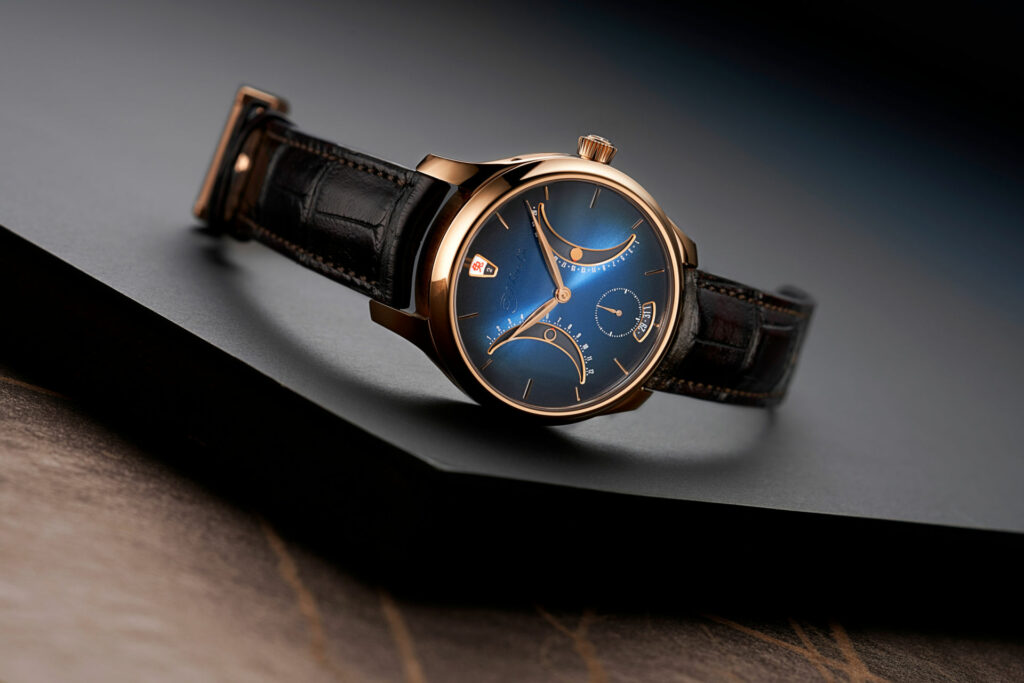
This is where things get interesting. In a solely lunar calendar, the months shift with respect to the seasons, each month starting around 11 days earlier with every subsequent solar year. To avoid an excessive discrepancy with the solar year, lunisolar calendars have a 13th month every two to three years. These months are known as ‘embolismic’ and are added to keep the lunar years aligned with the four seasons. And so, the Endeavour Chinese Calendar Limited Edition also indicates this extra month. There are no repeated cycles in the Chinese calendar, so it’s mechanically impossible to produce a Chinese perpetual calendar. But the Endeavour Chinese Calendar is probably the closest thing you’ll get to one.
Unlike other Chinese calendars
Yes, there are other Chinese calendar watches out there. But the H. Moser & Cie. Endeavour Chinese Calendar is a genuine outlier. A true horological marvel. As we’ve mentioned before, there are no repeated cycles in the Chinese calendar. That’s why it’s mechanically impossible to produce a Chinese perpetual calendar. And so H. Moser & Cie. have crafted a timepiece that can precisely indicate all the lunisolar calendar information for every 12 years, without any corrections. Here’s the thing. The other Chinese calendars on the market require at least 70 manual corrections over a duodecimal period. But the Endeavour Chinese Calendar Limited Edition is equipped with the first movement to operate according to the same cycle — without any external intervention.

Bringing the Chinese calendar to life
So, how is it possible to create a timepiece like this? Well, the Endeavour Chinese Calendar Limited Edition has two cams that work in parallel and convey information on the number and duration of Chinese months using feelers. For a duration of 12 years, the watch takes into account:
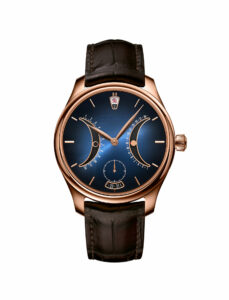
- The number of Chinese lunisolar months and their duration
- The Chinese lunisolar year and the corresponding animal of the Chinese zodiac
- The moon phases
- The ‘embolismic’ months
- The Gregorian calendar date, which is set independently from the Chinese calendar and can be adjusted every month
Complexity, refined
This timepiece may be highly complex but it is also highly refined and easily legible. It features two crescent-shaped windows. The window on the left hand side indicates the Chinese lunisolar months. The one on the right simultaneously displays the Chinese lunisolar days and the moon phase. Two retrograde hands with rounded tips sweep across these windows and return to their starting points once they have completed their course.

At 12 o’ clock, two windows show the Chinese lunisolar year, the associated animal zodiac, and the embolismic month number whenever there is a 13-month year. In a standard 12-month year, this corresponding window will stay black. An off-centred small seconds display sits on top of the Gregorian calendar window at 6 o’ clock. The watch is brimming with details yet it never overwhelms you. Instead it invites you in, bridging two distinct cultures seamlessly.






